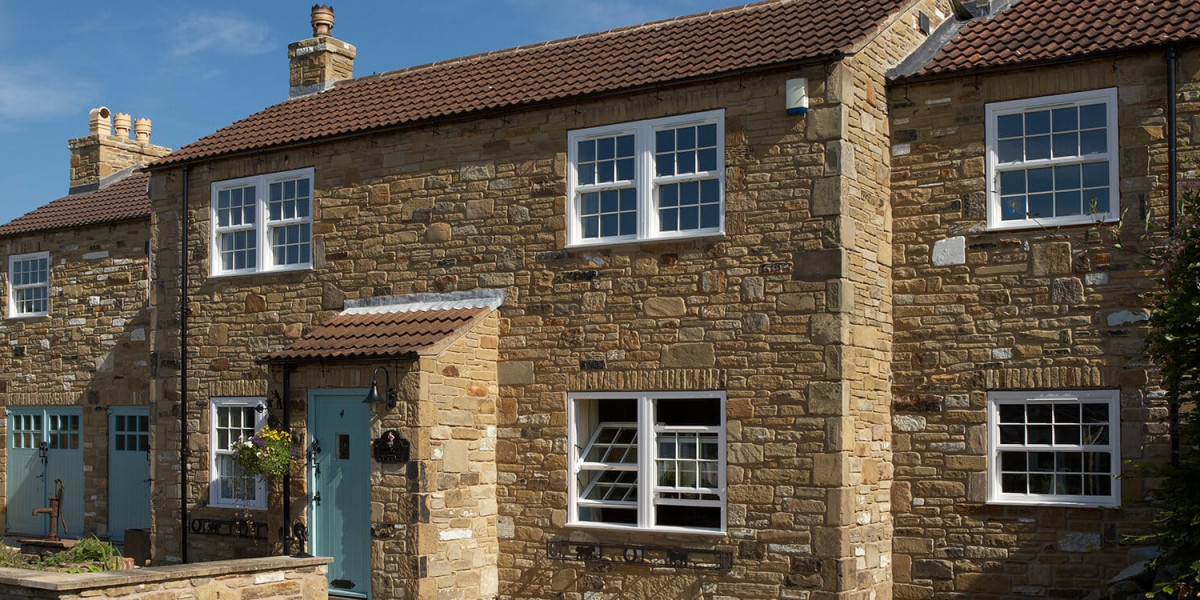If there’s one sneaker that perfectly captures the bold, unapologetic energy of streetwear culture, it's the Bapesta. First released in the early 2000s by the Japanese fashion label A Bathing Ape (BAPE), the Bapesta has become more than just a shoe—it’s a cultural statement.
Often seen on the feet of celebrities, rappers, and sneakerheads worldwide, the Bapesta has carved its place in fashion history. Its colorful aesthetic, distinctive star logo, and unmistakable silhouette make it one of the most recognizable sneakers in the world. But where did it come from, and how did it gain its legendary status? Let’s dive into the journey of the Bapesta, from its controversial roots to its enduring legacy in modern fashion.
The Origins of Bapesta: Inspired by Nike, Built by BAPE
To understand the Bapesta, you first need to understand BAPE (A Bathing Ape), the streetwear brand founded by Nigo in 1993 in Tokyo. BAPE quickly gained popularity in Japan for its bold graphics, camo patterns, and limited-edition drops. But it wasn’t until 2002 that the brand would make a seismic shift in the sneaker world with the introduction of the Bapesta.
The Bapesta’s silhouette draws heavy inspiration from the Nike Air Force 1, a similarity that didn’t go unnoticed. The shoe’s shape, sole design, and panel structure are nearly identical to the AF1. However, Nigo flipped the script by replacing the Swoosh with BAPE’s own shooting star logo and injecting vibrant, often mismatched colorways that were unheard of at the time. This creative reinterpretation sparked debates about originality and imitation, but it also captured the imagination of a new generation of sneaker enthusiasts.
Controversy and Hype: Copy or Cultural Remix?
The Bapesta stirred controversy from the start. Critics accused BAPE of copying Nike’s designs outright. But others saw it differently. In Japanese fashion culture, reinterpretation and homage are deeply rooted, and BAPE’s version of the Air Force 1 wasn’t trying to hide its inspiration—it was amplifying it with its own twist.
This wasn’t just a bootleg or a knockoff. It was a remix of an American classic through the lens of Tokyo’s streetwear scene. The use of patent leather, neon colors, and bold graphics turned the shoe into a visual statement. The Bapesta became synonymous with rebellious creativity and global youth culture, thriving in an era where fashion was becoming increasingly globalized.
Bapesta and Hip-Hop: A Cultural Powerhouse
The early 2000s were the golden age of hip-hop and streetwear synergy, and Bapesta played a central role in this movement. Rap icons like Pharrell Williams, Kanye West, and Lil Wayne frequently rocked Bapestas in music videos, magazine covers, and on stage. Pharrell even collaborated with Nigo to launch the Billionaire Boys Club and Ice Cream, both of which carried similar visual DNA and sneaker drops.
These co-signs from hip-hop royalty propelled the Bapesta into the American mainstream. Suddenly, a sneaker that was once seen as a niche Japanese curiosity became a global fashion icon. It wasn’t just about the shoes anymore—it was about belonging to a culture that valued exclusivity, boldness, and innovation.
Limited Drops and High Demand
A key factor in the Bapesta’s allure has always been scarcity. BAPE has mastered the art of limited releases. Whether it’s a seasonal colorway, a collaboration, or a special edition featuring cartoon characters like SpongeBob or Marvel superheroes, Bapestas are rarely re-released in the same design twice.
This strategy creates urgency and buzz, making each release an event. Lines outside BAPE stores in Tokyo, New York, and London often stretch around the block, and resale prices on secondary markets can skyrocket overnight.
This blend of hype, exclusivity, and celebrity appeal makes the Bapesta not just a sneaker, but a collector’s item.
The Design Evolution of the Bapesta
Over the years, the Bapesta has gone through numerous transformations. While the original design closely mirrored the AF1, newer iterations have begun to diverge more in structure and material. BAPE has experimented with low-tops, high-tops, chunky soles, and even sustainable materials in recent years.
In 2021, BAPE launched the SK8 STA, a silhouette that more closely resembles the Nike Dunk Low, signaling that the brand continues to evolve while paying homage to skate and sneaker culture.
Design-wise, the Bapesta continues to be fearless. From camo uppers and shark motifs to crocodile textures and reflective finishes, the brand’s willingness to push boundaries ensures the Bapesta never feels stagnant.
Collaborations That Made History
One of the reasons the Bapesta remains relevant is its strategic collaborations. Partnering with brands and artists from across the spectrum—high fashion, gaming, music, anime—BAPE has extended the reach of the Bapesta far beyond the sneaker world.
Some standout collaborations include:
Bapesta x Kanye West “College Dropout”
Bapesta x Marvel Comics
Bapesta x Coach
Bapesta x COMME des GARÇONS
Bapesta x Hello Kitty
These collaborations often sell out within minutes and can fetch thousands on resale platforms, demonstrating the ongoing demand for fresh takes on this iconic silhouette.
The Bapesta in Today’s Fashion Landscape
In an era dominated by chunky “dad” sneakers, minimalist silhouettes, and high-tech footwear, the Bapesta remains an aesthetic outlier—and that’s exactly why it still works.
Today’s fashion landscape values individuality more than ever, and the Bapesta is unapologetically unique. Whether you’re styling it with vintage jeans, oversized hoodies, or luxury streetwear, the Bapesta continues to stand out in a sea of sameness.
Moreover, as Y2K fashion trends make a major comeback, the Bapesta’s nostalgic early-2000s vibe is right on cue. Younger audiences discovering the shoe for the first time are giving it a second life in today’s TikTok-fueled fashion scene.
How to Style the Bapesta
The Bapesta is a statement sneaker, which means it’s best paired with clean but bold outfits. Think graphic tees, layered flannels, baggy cargo pants, or slim joggers. Since many Bapestas come in vibrant colorways, they can be the focal point of your fit. If you're wearing a wild pair, let the shoes speak and keep the rest of the outfit neutral.
For those more into subtle drip, BAPE also releases monochrome or tonal pairs that work well with both streetwear and more elevated fits.
Why the Bapesta Still Matters
Two decades after its initial release, the Bapesta remains one of the most talked-about sneakers in fashion. It’s rare for a silhouette to maintain relevance for so long without major retooling or corporate backing. But the Bapesta thrives because it never tries to fit in—it creates its own lane.
It represents an intersection of global culture: Japanese design philosophy, American hip-hop influence, streetwear community, and fashion-forward risk-taking. For collectors and casual wearers alike, owning a pair of Bapestas is about more than just aesthetics—it’s about embracing a piece of cultural history.
Final Thoughts
Whether you’re a seasoned sneakerhead or a newcomer exploring iconic kicks, the Bapesta deserves your attention. Its journey from controversy to classic status is a testament to the power of bold design, strategic branding, and authentic cultural connection.
As fashion continues to evolve, one thing is certain: the Bapesta isn’t just a relic of the past—it’s a defining piece of the future.


